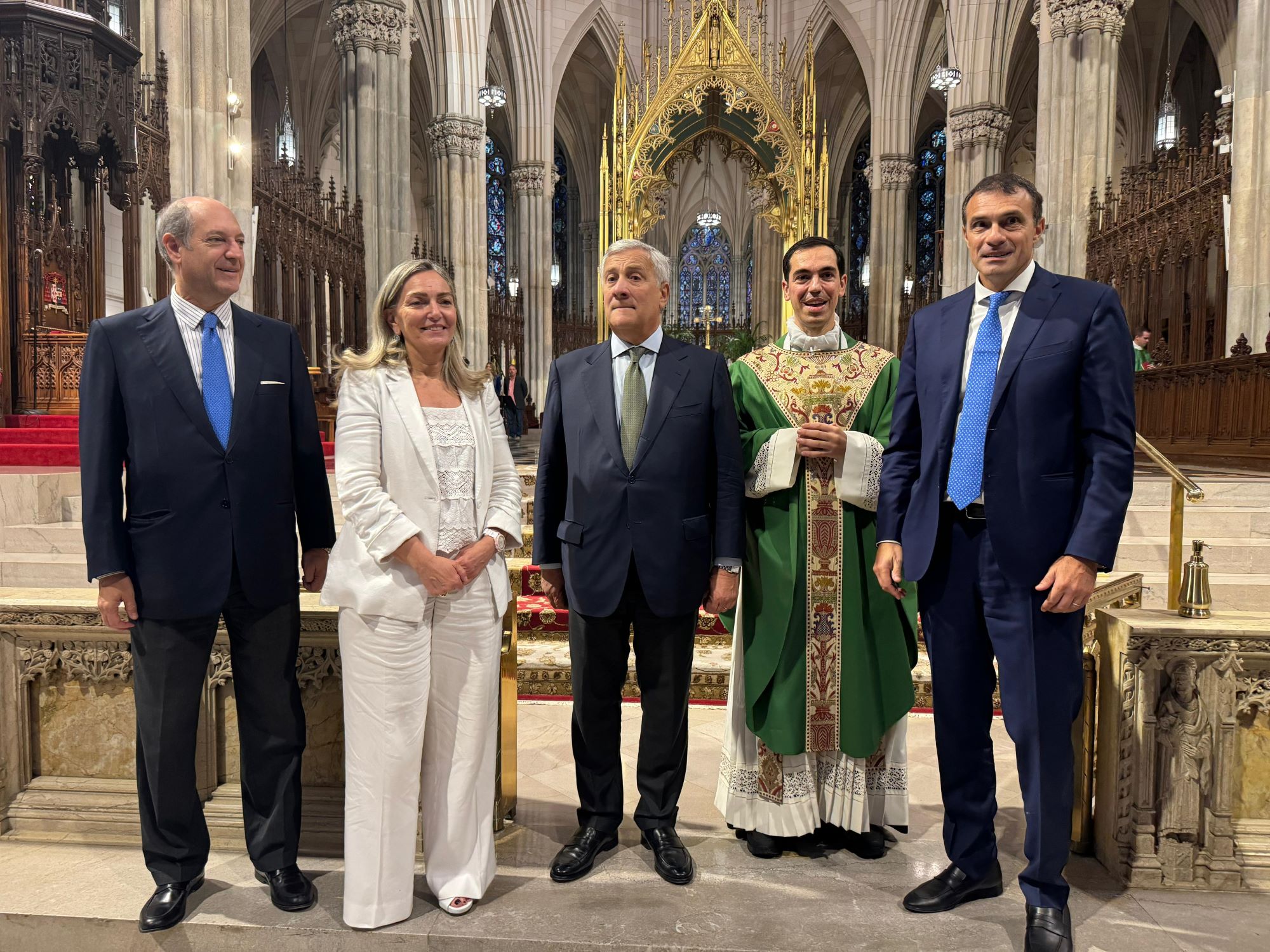For the first time on September 22nd, the Italian language echoed through the majestic aisles of one of the most iconic symbols of Catholic faith in America, St. Patrick’s Cathedral, during a Mass celebrated by Father Luigi Portarulo.
The ceremony, filled with deep significance, was attended by prominent figures such as the Italian Ambassador to the United States, Mariangela Zappia, the Deputy Prime Minister and Minister of Foreign Affairs and International Cooperation, Antonio Tajani, and the Consul General of New York, Fabrizio Di Michele. Most notably, the event gathered over 1,500 Italians, united in an atmosphere of sacred communion and shared identity.
The most emotional moment was undoubtedly the performance by the children of the Guglielmo Marconi Italian School, whose liturgical singing moved the audience, expressing a connection that transcends the ocean. It was a moment suspended in time, blending nostalgia for their roots with pride in the Italian contribution to New York’s life. This was more than just a Mass—it was a public acknowledgment of the essential role Italians have played in the city’s history

